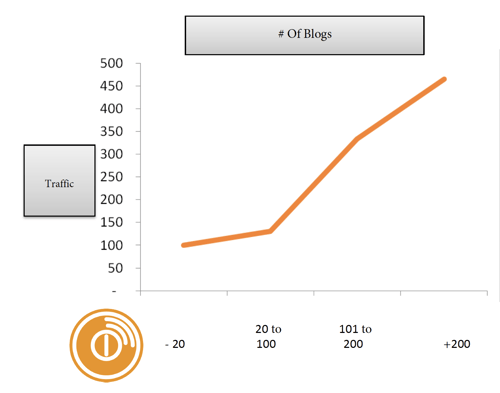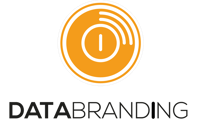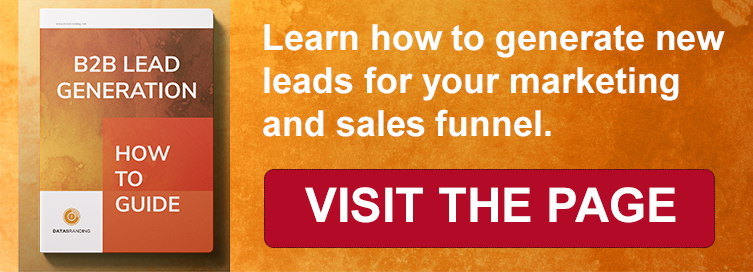 Does your website is generating new and qualified leads for your business? If the answer is NO, you should reconsider how your website can help increase your sales pipeline. Learn how to turn your website into a lead generation machine.Do you remember those days when a lead contacted you and asked for your presentation or brochure? Well, those days are almost gone. Instead, they asked for your website. This was when websites replaced the handouts and presentations of your company. They became your online brochure.
Does your website is generating new and qualified leads for your business? If the answer is NO, you should reconsider how your website can help increase your sales pipeline. Learn how to turn your website into a lead generation machine.Do you remember those days when a lead contacted you and asked for your presentation or brochure? Well, those days are almost gone. Instead, they asked for your website. This was when websites replaced the handouts and presentations of your company. They became your online brochure.
Times have changed. The reality is that they don't even ask for your website anymore. People are researching, deciding, and buying for solutions has changed.
When people need a solution for a problem or issue, they search online. If someone asks a question about a problem your company solves and your website does not appear in the search results, you don't have an online presence. This is why your website is not attracting people, leads, and sales.
How to build a successful lead generation website strategy
In traditional advertising, what we did was to promote or distribute your brochure (Message) to the most significant number of people so that they could learn about your solution. You don't have to do that anymore. Hundreds of people are looking for your solution as we speak on the internet. They are doing it by asking a question to Google.
Is Google responsible for having all the answers? NO. Search engines index and classify the answers they look for inside all the world's websites.
So who is responsible for having answers on your website? YOU ARE! If you haven't addressed the issue, you have a problem. We have a great article explaining how Google works for lead generation in more depth.
The strategy is to attract all the people looking for your solution instead of spreading your message and solution to every human being on the planet, even if they are not your targeted audience. The principle of digital marketing is that simple. So how do you begin the strategy? Here are five steps on how to make a great lead generation website:
1 Build your website for your best potential customer
Who is your best client? What do you help him solve? How significant was the impact of your solution? If you want to attract your best client, you need to identify their needs and how he starts the research for an answer. Then, gather all that information into a Buyer Persona profile.
What you are looking for is what kind of questions your lead is making? In what order? To do this, gather your sales and marketing team, make brainstorming and organize the questions in 3 stages (Buyer's Journey):
- What does your solution solves?
- What is the result?
- Why they should buy from you?
For your sales team, this should not be hard. This conversation takes place every time they talk to a lead. If you do outstanding work, your strategy will have a solid core to start doing content marketing.
2 Answer their questions with content and educate your leads
Every question should have a perfect answer. Google is looking for the best solutions; these are their currency. If they don't find good answers, they could run out of business. So you need to make the best possible answers that generate value for your lead.
What is generating value? Helping your lead to understand how he can solve his problem. What are their options? What is the outcome of each solution? Why your solution is a better option than the others. What is the process to get the solution, and finally, why they should buy it from you?
By educating with valuable content, you are helping your lead to advance in his buying decision process in the most unbiased and helpful way. Each question should be placed on a single page of your website. Do not answer several questions on one page. One page for each question. You will need the help of someone who knows SEO to program each page correctly.
An educated lead understands your value proposition and is willing to pay more for the result.
3 How many questions do I have to answer on my website?
First of all, you should answer all the questions you can. The competition is more challenging every day. There are a lot of good answers on many websites. And Google will only recommend sites with many answers around a subject.
On average, a brochure website answers no more than 10 to 15 questions. Let's see:
- What is the solution?
- Product or solution overview.
- Specs and features of a solution.
- How much does it cost?
- Where do I find it?
- What warranties do you have?
- We are the best section.
- Purchase policies.
- Similar products.
- And maybe some reviews or testimonials
The truth is a lead can ask from 30 to 200 hundred questions before they have enough elements to decide. And a good website for Google can be a site with more than 150 questions. So if you want to compete and be present, you need at least to answer in your first year of a content strategy three blogs per week.
There is a correlation between how many visitors a website generates per month and how many pages it has (How many answers?)

4 How many visitors do I need to have leads?
To generate more visitors, you need more articles with answers. To generate leads, you need to have enough visitors. There is a benchmark here. Almost every website calculates a conversion rate of 1%. This means that a website with 1,000 visitors per month will receive ten leads.
The next question is how many leads convert into sales. This rate varies from business to business, but the most common rate is 10%. So if you have ten leads, you will have one real customer.
I hope you can clearly see the correlation between content, leads, and sales. And this is how you make a marketing and sales machine for your website.
5 How to convert the visitors of your website into Leads?
Here is the trick, how to convert visitors into leads? The answer is again content. It would be best to offer in every article or answer a deeper explanation of how your lead can solve the issue. Through a content offer, you will trade for their email and name. If the visitor is interested and serious about solving the problem, he will give you that information voluntarily.
If you don't have a way to contact your visitors, you don't have leads, and you only have data. So your sales team can't do anything.
Imagine investing in your website and digital paid advertising, and all you have is tons of likes, shares, impacts, and retweets, but no leads!
This happens all the time, and the wrong conclusion is that digital marketing is not working for your business. So it would help if you had a good conversion strategy.
These steps should be considered into a broader lead generation strategy called Inbound Marketing. You can learn more about it on our website.
After receiving a lead's information, you should make a nurturing campaign.Regularly a lead is not ready to decide and buy immediately. And he likes to advance in their research anonymously and at their own pace. So if you rush and try to call him right away, you will be disappointed and assume that it was a wrong lead.
All these techniques are part of a sales enablement process for your website, and you should align your sales and marketing teams to close sales.
There are a lot of ingredients you will need to add to make a successful website. It would be best to consider the strategy, choosing the tactics, the technology, and a team of people who can implement the whole strategy correctly. Learn more by connecting to our B2B guide page or by subscribing to our blog.

